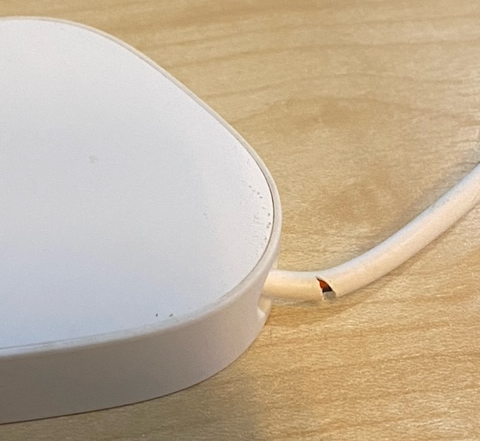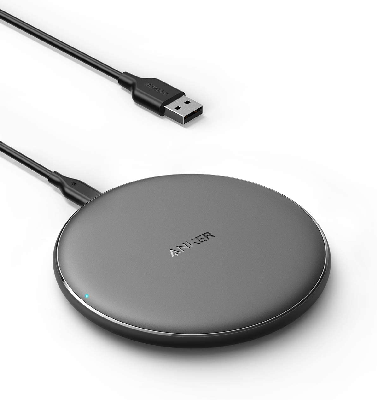Yesterday I discovered that somehow a tool on my workbench had partially cut through the wire attached to my Sonos Roam wireless charger base unit. The wire was connected but cut partially and appeared that the conductors were not reached, looks like it should work still but seems not to.
So I have to ask, why does a purportedly high tech innovative company resort to trapping customers just to make a paltry few tens of bucks? The base unit could have had a detachable wire, perhaps a simple jack plug or other form of USB connector, but no:

The wire is fixed, cannot be removed and so cannot be replaced, leaving the only option as buying a new base unit and paying 50+ dollars. This is a commercial decision, plain and simple and if Sonos cared about the customer experience or their reputation as a designer, “reinventing home audio” as they like to claim, they’d have done this, made it easy to replace a simple piece of wire.
So why not stop running with the herd? why not truly innovate and make it easy for customers to resolve such situations rather than screwing them over for a few tens of dollars like any and every option to bring in money is eagerly grasped, greed, sad really.



